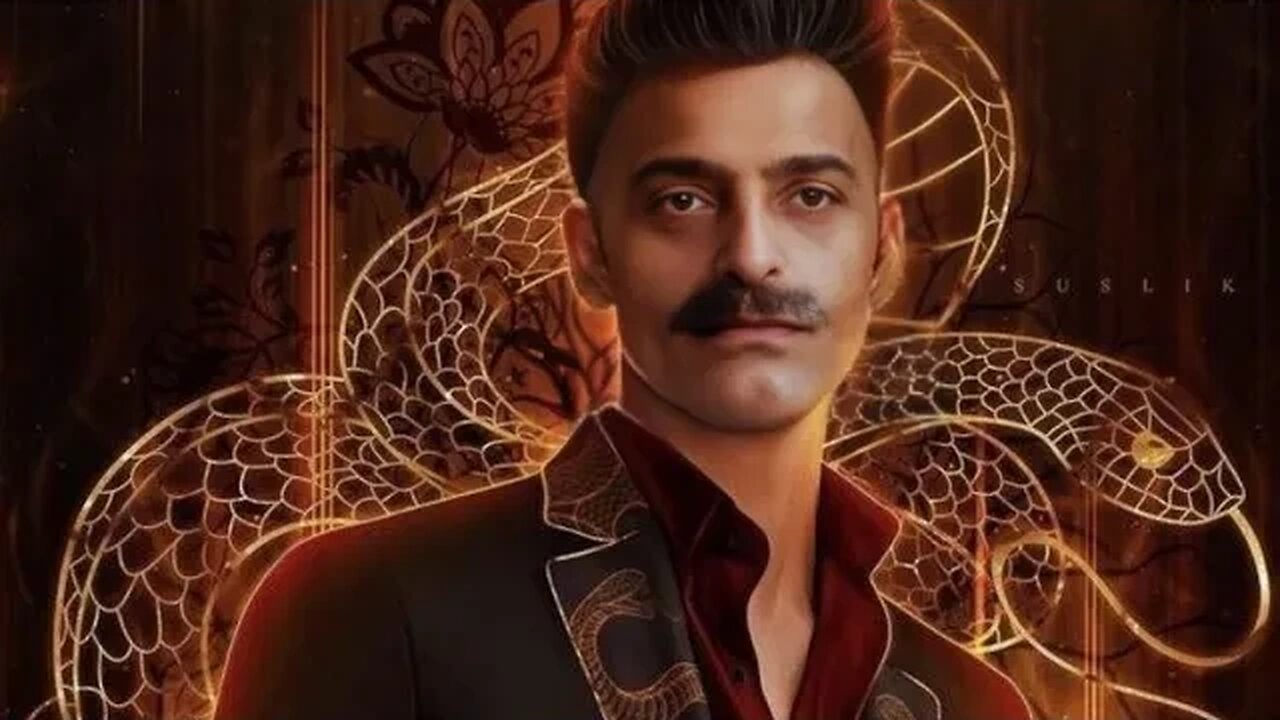Premium Only Content

G.I. Gurdjieff: Know Thyself
George Ivanovitch Gurdjieff was born around 1872 in Alexandropol, in the Caucasus Mountains, the crossroads between Eastern Europe and Western Asia. At an early age, he was exposed to many different cultures, religions, and beliefs. His youthful passion of searching for universal truth attracted others. Calling themselves “Seekers of the Truth,” this small company traveled together throughout central Asia, the Middle East, and Egypt, looking for clues that might show them the meaning of human life.
Gurdjieff was eventually led to a monastery which exposed him to an esoteric system. This teaching enabled him to transform the knowledge he had been gathering into an understanding of human possibility and the difficulties of developing real being. He devoted the remainder of his life to living the principles of this system and imparting the teaching to others.
For more information about this phase of Gurdjieff’s life, we recommend reading his book, Meetings With Remarkable Men. The director Peter Brook, in conjunction with Jeanne de Salzmann, made a film of the book (with the same title), which is available on DVD.
In 1912, Gurdjieff started small groups in Moscow and St. Petersburg which attracted various people, including the mathematician and philosopher P. D. Ouspensky, and the composer Thomas de Hartmann. When the Revolution threatened to make continued work in Russia impossible, Gurdjieff, Ouspensky, the de Hartmanns, and others made a perilous journey from Russia over the Caucasus Mountains to Tbilisi (Tiflis), Georgia. It was here that Alexandre and Jeanne de Salzmann joined the group. The story of the journey and subsequent events is chronicled in Our Life With Mr. Gurdjieff, by Thomas and Olga de Hartmann, while P. D. Ouspensky’s In Search of the Miraculous gives an excellent account of Gurdjieff’s teaching, as well as strong impressions of life during this period and later.
From Tiflis, Gurdjieff and his followers journeyed to Istanbul (Constantinople, as it was then called) and across Europe to France, where, in 1922, Gurdjieff purchased a property known as “The Prieuré” in Fontainebleau-Avon, south of Paris. Here, practical and esoteric work continued under the auspices of “The Institute for the Harmonious Development of Man.” In 1924, Gurdjieff traveled to America and gave a series of talks in New York and Chicago. Shortly after his return, he barely survived an auto accident, and in August of that year, he closed the Institute.
All but his closest and most senior students dispersed, and Gurdjieff committed himself to writing his magnum opus, All and Everything. This massive work comprises three parts, or “series”: Beelzebub’s Tales to His Grandson; Meetings With Remarkable Men; and Life is Real Only Then, When “I Am.” All three books, together with Views From the Real World, containing talks given by Gurdjieff in France, Germany, England, and America, are available in print and are very worth reading.
Through the 1930s and 1940s (even during the Nazi occupation of Paris), Gurdjieff continued to hold meetings and to work with his students in their inner search. Gurdjieff died in Paris on October 29, 1949, having passed leadership of the Work to his closest pupil, Jeanne de Salzmann. He is buried in the cemetery at Fontainebleau-Avon.
-
 0:52
0:52
Literati
1 year ago $0.01 earnedTrue Happiness Is…
70 -
 2:01:45
2:01:45
Quite Frankly
1 day ago"Inauguration Eve: Trump Time Travel Review" 1/17/25
30.3K18 -
 58:42
58:42
SGT Report
4 months agoYour REAL NEWS vs. CIA Mockingbird LIES -- Sam Anthony
158K95 -
 2:59
2:59
LimitlessAmbition
22 hours ago $4.05 earnedPROVE THEM WRONG With This POWERFUL Motivation!
45.4K2 -
 8:31:37
8:31:37
G2G Gaming Channel
11 hours agoGive me my Helmet, Im going in!! #RumbleGaming
71.1K1 -
 4:45:11
4:45:11
MoFio23!
9 hours agoNintendo Switch It UP Saturdays with The Fellas: LIVE - Episode #3
44.5K6 -
 6:23:10
6:23:10
SquallRush
7 hours agoMarvel Rivals Collab
34.4K -
 8:36:24
8:36:24
stephengaming94
6 days agofar cry 5 live stream part 3
24.4K2 -
 2:03:28
2:03:28
Barry Cunningham
20 hours agoTRUMP DAILY BRIEFING: 2 DAYS TO GO - ARE YOU READY FOR HISTORY TO BE MADE?
56.4K90 -
 13:41
13:41
Tundra Tactical
11 hours ago $10.83 earnedGOA VP Erich Pratt Tells ATF "COMPLY NOW"
78.7K6